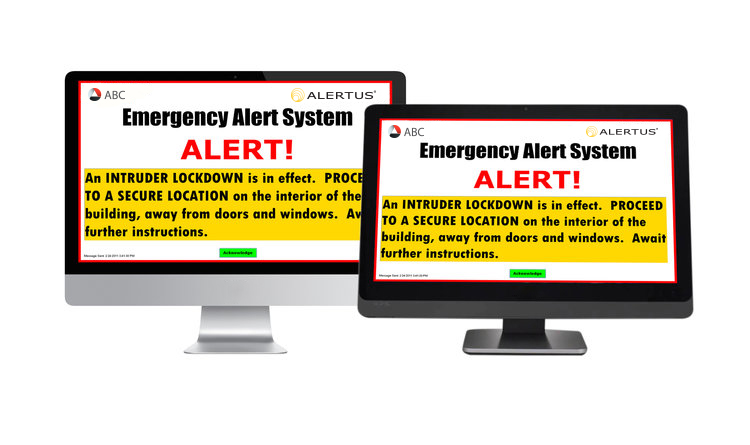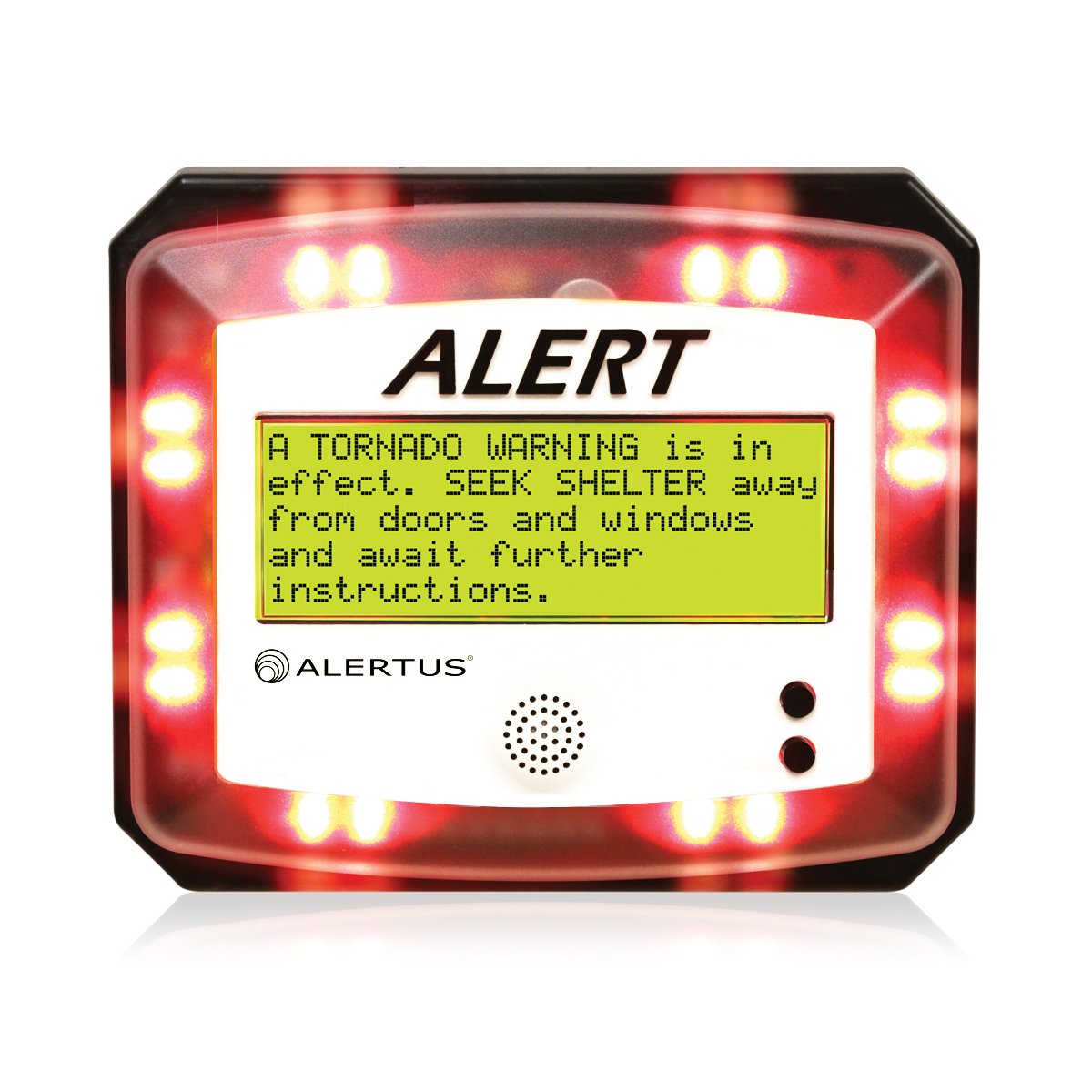Ensuring Complete Comprehensive Coverage
Overview
Like many healthcare facilities, Shawnee Mission Medical Center faced the challenge of ensuring comprehensive coverage with their existing emergency mass communication systems. After identifying critical communications gaps that needed to be filled, the facility deployed the Alertus Desktop Alert Notification and Alert Beacons.
Challenge
Communication gaps can cost lives when seconds count in an emergency, such as an active shooter or severe weather. Many schools, businesses, and healthcare facilities face the challenge of ensuring comprehensive coverage with their existing emergency mass communication systems. Shawnee Mission Medical Center, part of the Adventist Health System (AHS), located in Merriam, Kansas, faced this challenge.
“There were gaps in our communication for routine and emergency alerts. Many areas in the facility either did not receive the primary alert from the Overhead Paging, or it was inaudible,” stated Daniel Anderson, Shawnee Mission Health’s Emergency Management Program Manager. “When we searched for areas which had deficient communication areas, we also identified modes of communication to fill the gaps from the Overhead Paging system for our Mass Communication System Plan.”
Solution
Deploying the Alertus Desktop Notification
Identifying this communication gap led the facility to deploy the Alertus Desktop™ Notification solution, a leader for emergency communication. It is an effective communication tool for a healthcare facility where most staff members work near a computer. The facility also identified a regular use for the System where they routinely push out medical alerts and other associated internal emergent notifications. Anderson added, “When you have a system solely for emergency communication, you often only use it twice a year when you test it. My belief in emergency communication is when you can find a routine use for the system, you will not forget how to use it. Additionally, you will produce more efficient communications from a tested system.”
Before implementing Alertus, Shawnee Mission employed a desktop notification system, which was challenging to update and manage. A major issue arose when we switched out the computers or updated their software. The desktop system did not provide continuity, for which PCs did or did not have the panic software. The primary identification was the placement of stickers on the keyboards. However, this was troublesome because when we swapped out the PCs, the keyboards remained the same but we no longer had the panic software. Employees thought they could still press the keyboard buttons to activate the panic function, which was not always the case. “Employees were pushing buttons for no reason,” said Anderson. “We were creating a false sense of security that needed elimination.”
The arrival of Alertus Desktop™ Notification solved many of these issues from the prior system. The Alertus toolbar and the Alertus Unified Facility Notification Menu show that the desktop notification is online and ready to receive notifications.
Targeting the “Lull” Areas
While the desktop notification provided comprehensive coverage throughout the staffed areas in the hospital, there were still “lull” notification areas such as lobbies, hallways, entries, and exits. These areas lacked a staffed associate who could convey actions or messages from the communication platform, such as the desktop notification.
“We had to look at different ways to touch these lull locations,” explained Anderson. “People could not receive an alert if a staff member was not present to advise them of the issue or threat.” To that end, the hospital deployed Alertus Alert Beacons® to notify these building areas of an emergency. To further provide coverage, an emergency notification can override the hallway TV monitors, which typically carry a marketing message via the Alertus Desktop™ Notification.
Alertus System Tested in Real-Time
The Alertus system has been tested in actual events repeatedly, including in November 2015 during a “Shots-Fired event” when nearby shots caused the hospital to lock down. We activated the Alertus System, and hundreds of hospital occupants were alerted to the situation. After the event, Anderson ran a report through Alertus to see how many people they reached and used the incident as an opportunity to refine their emergency response protocols. “With our existing and prior communication mediums, we could never evaluate how many people we touched,” he explained. “It was more of a guess.”
During a tornado event in 2015, the Alertus System’s capability to send targeted, customized messages proved invaluable. The hospital received two different weather warnings and actions: An “Imminent Warning” for the Shawnee Mission Medical Center location and a “Null Warning” for the Shawnee Mission Health Prairie Star location in Lenexa, Kansas. The Alertus System notified personnel at the Lenexa location that patients did not need to move while simultaneously informing the Shawnee Mission Medical Center campus that patients did need to move.
Conclusion
Shawnee Mission Medical Center and Anderson fulfilled critical gaps in Shawnee Mission Medical Center and Shawnee Mission Health’s communications by implementing the Alertus Desktop Alert notification and Alert Beacons. As he continues to integrate the hospital’s mass communication efforts fully, Anderson plans to leverage the Alertus System’s unparalleled integration capabilities to tailor his mass notification strategy to fit the hospital’s unique needs.




